Inside Nicky Romero's stunning Protocol Recording studios
EDM star discusses his brand new studio complex and the gear that powers his productions.

Protocol Recording studios
A driving force behind the burgeoning EDM scene, DJ/producer Nicky Romero was propelled into the limelight following his bootleg of David Guetta’s 2009 hit When Love Takes Over.
While the duo collaborated, Romero became resident of Guetta’s FMIF Ibiza club nights and enjoyed huge success with Beatport rompers Toulouse, Symphonica and Legacy, and the UK No.1 hit I Could Be the One in collaboration with Avicii.
Founding owner of Protocol Records, which has hosted releases from a catalogue of high-profile EDM producers including Calvin Harris and Hardwell, Romero has expanded his empire with Protocol Recording Studios. The amazing studio complex, based in Veenendaal, Utrecht, hosts Romero’s own studio alongside writing rooms and production studios for artists based on his label, and Protocol Radio.
We had a look inside the new complex to see how it’s all coming along...
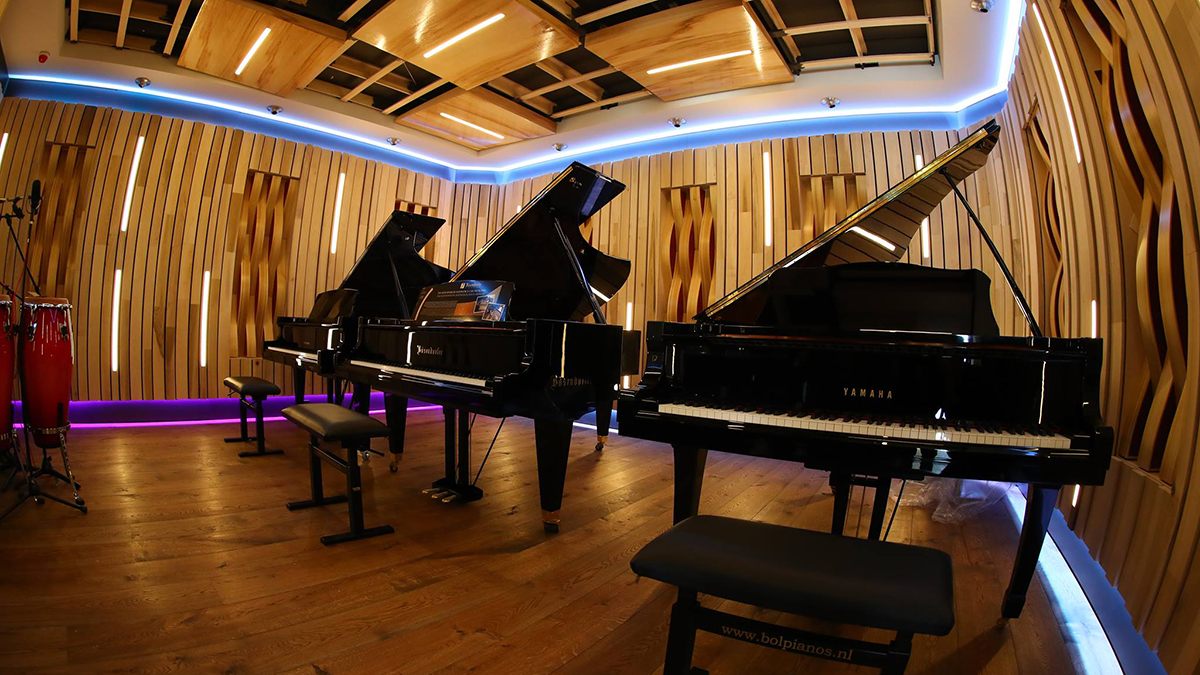
All under one roof
You’ve recently launched Protocol Recording Studios. What was the reason behind this exciting project?
“I got to work in proper studios in London and Los Angeles, but wanted to make sure I could do the whole process in my own studio. We’ve been quiet busy, building a radio studio, an SSL studio, a production studio and writer rooms. I also wanted to have an SSL desk, be able to record piano and drums in a proper room and have it all in the one building.”
Is this the realisation of a dream?
“Yeah, I wanted to have this studio for a long, long time so I could be independent and create as myself. I’m really happy at how far we’ve got, and hopefully we can use the studios to get even further in the future.”
How large is the recording complex and what does it consist of?
“It’s three square buildings next to each other, but with open doors so you can literally walk from the first to the third building. Everything is under one roof, and we have two different levels. Level one has the recording studios, the SLL room and a live studio with a grand piano, drums and guitars, then there’s my own studio and a room to relax in with PlayStation and other games. Then we have a higher level with offices, including an A&R studio especially designed to listen to demos, and two writing rooms that have a special setup with two pianos mirrored from each other so artists can come in and focus on writing songs.”
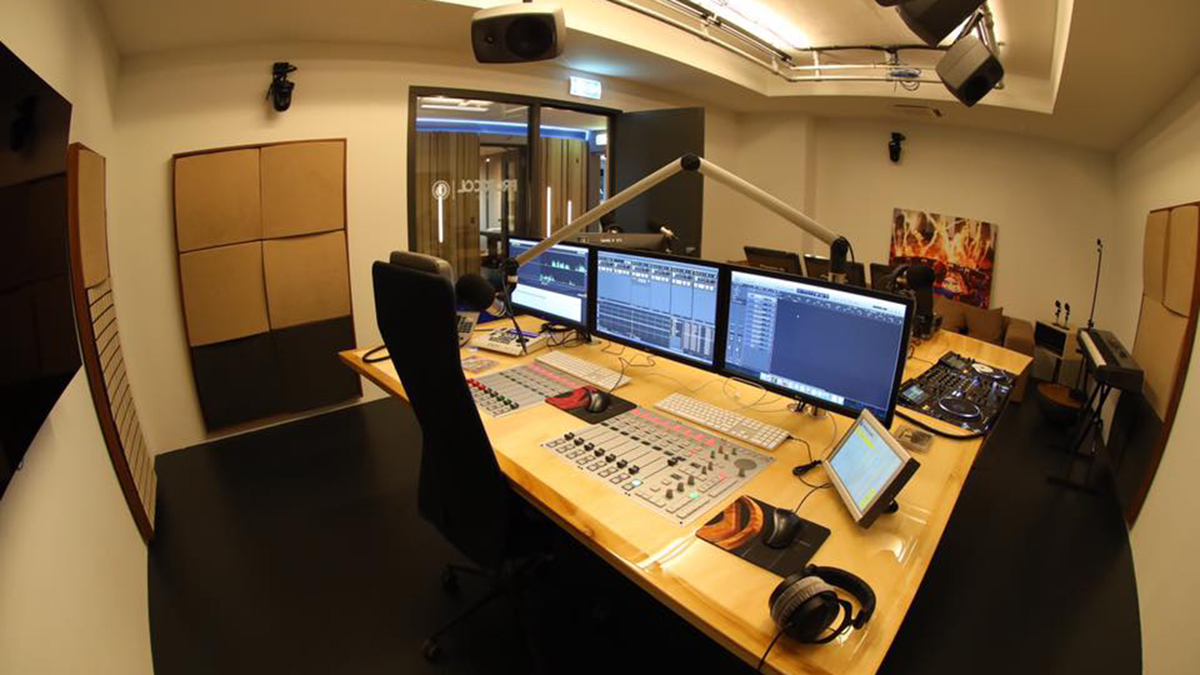
Radio station
You mentioned a radio station?
“Yeah, we have a radio studio where I can record my Protocol Radio show. The studio is an exact copy of an existing radio studio in Holland - Radio 538. It has DHD, streaming cameras, real microphones and multiple DJ setups too.”
Did you work with architects and designers to get the acoustics right?
“We started everything from scratch. The acoustics of the room were done by an amazing guy who measured all the rooms and took time to create every piece of acoustic material by hand and figure out the reverb for every room. For example, the live room has a different reverb time to the control room and the producer room, so they all have their own particular sound.”
How has this changed the way that you work on your productions?
It didn’t change much because I was never a producer that was able to work in a hotel room or produce songs on the road. I always needed a proper studio and the right studio atmosphere to be able to create music.
“I can do demos on the road, but for proper production and mastering I’ve always needed a real studio. So it doesn’t really change anything, but it gives me more freedom to do whatever I want and receive any sort of instrument in my own space. That’s how it’s really supported me and helped my productions.”
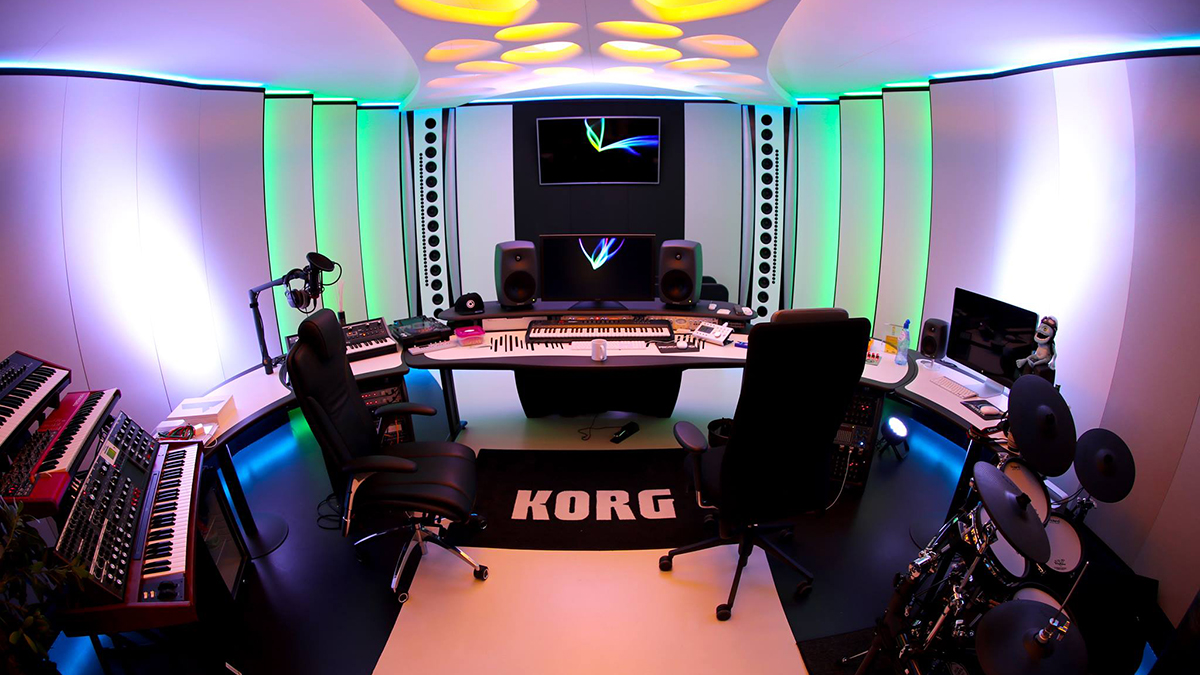
Fully-loaded
I understand all the rooms have video connectivity?
“Yeah, we have a network called DANTE and worked with a company called NOMOBO, which stands for No More Boundaries. Every room is connected together and you can communicate between all of them. You can plug in live cameras and microphones and there are screens in all the rooms so you can see each other as well. It really is like a 3D wizard office, with limitless possibilities.”
Does it have a mastering facility too?
“We do everything in-house. Last year, we did not have our own mastering facility and worked with Wired Masters a lot, especially for Protocol releases. I always did the mastering for my own songs, but a lot of songs from other producers were almost there but not quite and needed a little push mastering-wise. But from next year our aim is to do the mastering ourselves in Protocol Studios.”
Are the studios for releases on your own label or can other artists pay to use them?
“If songwriters or musicians want to use it, it’s always cool to have them around but the studios are mainly focused on music for artists within the Protocol family.”
Take us through your own studio. I presume it’s custom-made to your exact requirements?
“I work with Genelec 8050 nearfields as my monitor reference speakers and have a custom-made speaker set in the wall that gives more of a club vibe if I want to know how a club track will feel live.
“I also have a really big sub in the corner - a double twelve–inch subwoofer that’s just big enough for my space. I work with Manley microphones for recording vocals and use an Avalon 737 channel strip to preamp the mic.”
It is PC-based or Mac?
“I work with a Mac Pro and have some UAD stuff going on. It’s nothing special, but I have some LG screens so I can see everything, including this really cool curved screen so it feels like you have a 3D view. I work with Apogee Symphony, which does an amazing job as a soundcard; I’m really happy with the Apogee stuff that I have.”
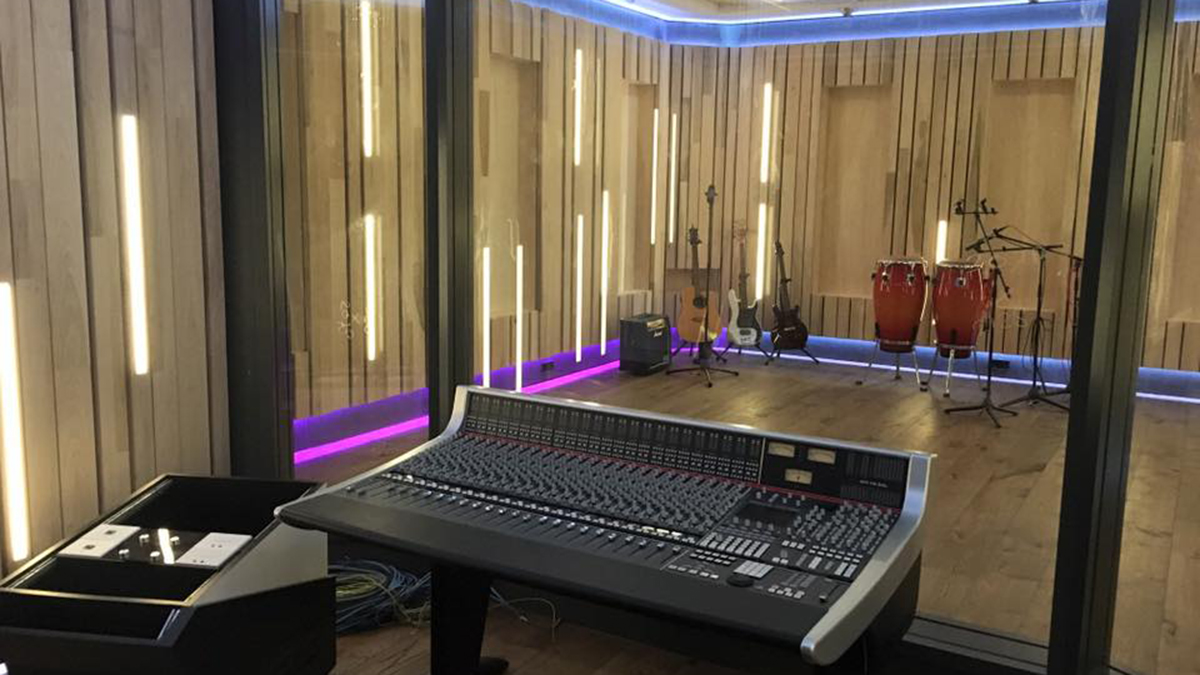
Solid state
You mentioned the SLL desk. Are you running everything through that now rather than mixing in the box?
“The SSL desk was only installed last week. It arrived early but was not connected, so we finally have it set up. It’s a Solid State Logic AWS 948 – the latest model, and next to that we use Genelec’s new three-way speaker in combination with SSL converters and a Phoenix 4K Buss Compressor. We’re definitely going to use the SSL to run tracks through the system.”
What attracted you to SSL?
“I never really worked a lot with SSL myself, but learned to work with it in John Christian’s studio; he had the 72-channel Duality – the big one. I think there’s a lot to achieve using SSL cables in terms of dynamics, and I want to see how it feels to use real knobs so I can get that dynamic range and overdrive without distortion.
“Basically, taking that step towards being able to record everything in a proper room on a proper desk and profile myself more as a studio engineer.”
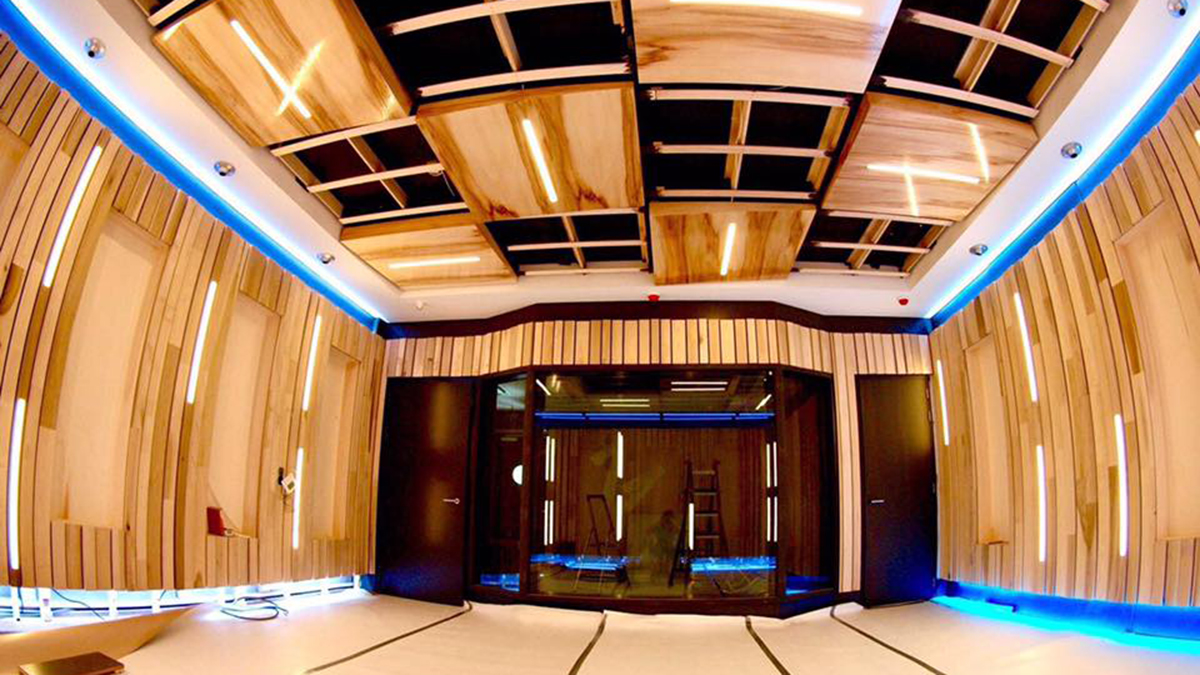
In and out of the box
Moving into the box, what soft synths are you using these days?
“I use Serum a lot and Sylenth. Then there’s Massive, which is an easy tool to get nice thick, fat-sounding sounds like bass and mid-bass. I always use a lot of UAD software; the Brainworx stuff is doing great and of course my own software, Kickstart, for kick drums.”
Tell me more about that?
“We collaborated with the Cableguys and Sonic Academy to create a sidechain plugin and kick plugin to be able to create your own kicks. You can have control over what key you use in your kicks and literally make your own kicks from a sine wave, choosing your own waveform, attack, decay, sustain, release and amp time to literally change everything to how you like it.”
I presume you have some hardware synths in there too?
“I have some analogue Moog synthesizers, the Nord Lead and a Virus TI, which is great. I also have the Virus B and Virus C; I love their raw sound. You do need some tweaking here and there to get the sound right, but if you want to get sounds that not everybody has already used or give yourself a unique sound or a twist to your tracks that you won’t always achieve with soft synths, you really need to step out of the digital box.”
Does the studio also host your DJ setup?
“I prepare my big sets here, cue-wise, but I don’t practice DJing because when you do as many sets as I do it comes naturally. On the road, I use the CDJ2000 Nexus 2 and the DJM-900 Nexus, so most of the time I’m using four CD players, one mixer and that’s it!”
Nicky Romero & Navarra’s Crossroads is out now on Protocol Records. For more information, check out Nicky’s Facebook and Twitter.

